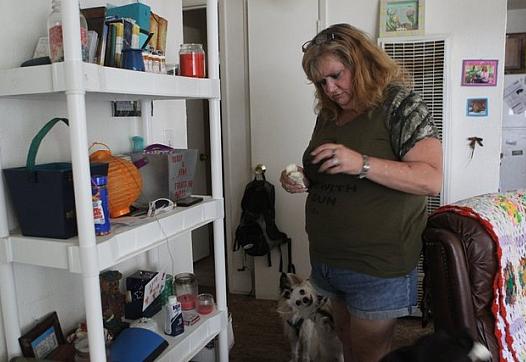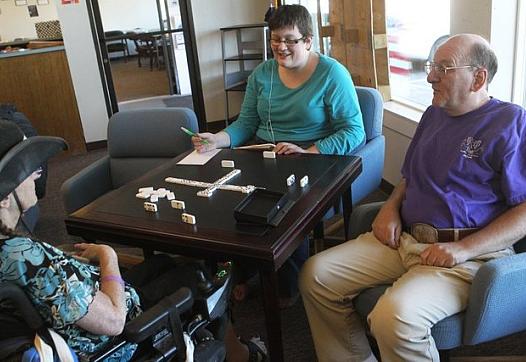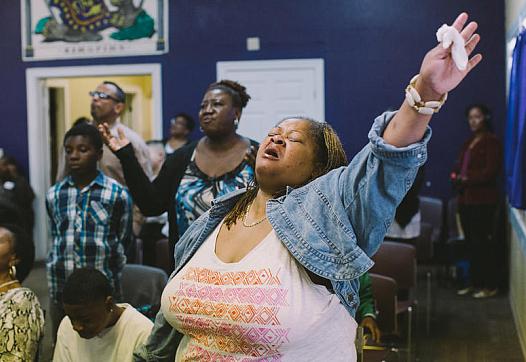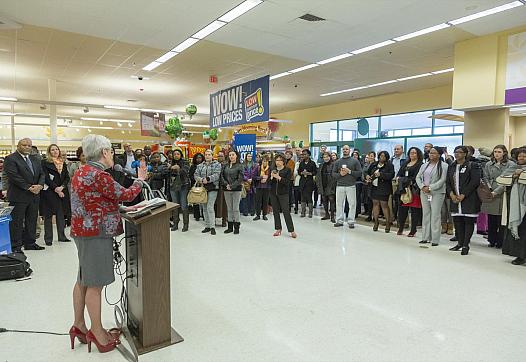
Reporter Alayna Shulman profiles two women living with mental illness in rural northeast California, where services can be scarce. “You’ve just got to keep going, and you’ve just got to cling to the hope that things are going to get better," one woman says.









